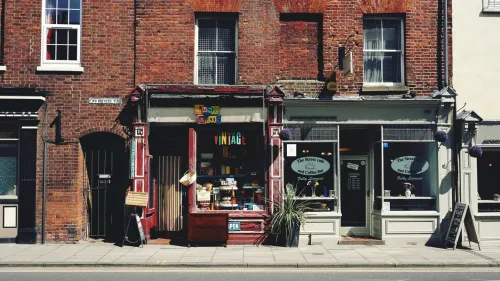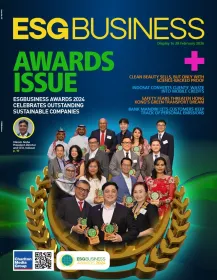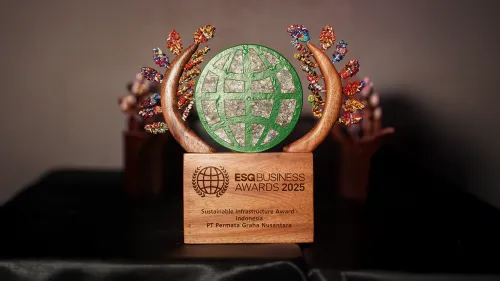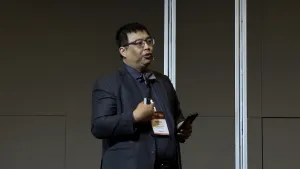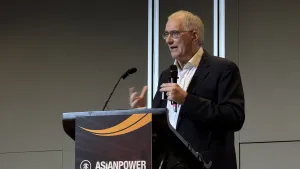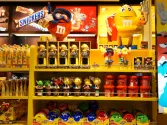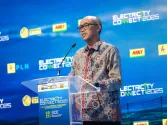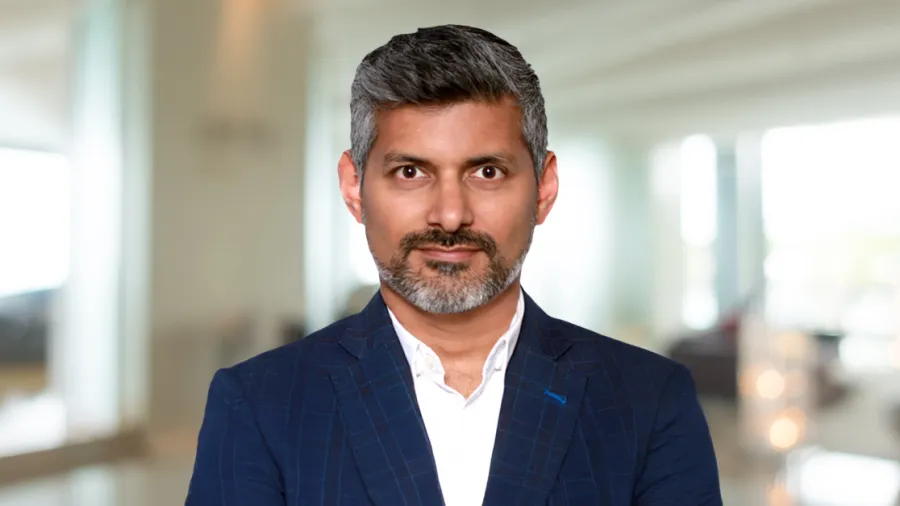
Asia’s industrial giants take over the world
K-pop, anime, Bollywood, and Asian beauty trends have also gained global traction.
Corporate powerhouses in the Asia-Pacific region — from China’s BYD Auto Co., Ltd. and South Korea’s Coway Co., Ltd. — are now expanding globally through innovation, cultural exports, and bolder capital investments.
From electronics to pharmaceuticals and artificial intelligence (AI), companies in the region are rapidly moving beyond their legacy advantages of lower labour and manufacturing costs, according to Anand Veeraraghavan, managing director and senior partner at Boston Consulting Group.
“The Asia-Pacific region’s transformation is grounded in durable strengths,” he told ESG Business. “Cost advantages remain, but are now matched by control over critical resources like rare earths and leadership in scaling technologies such as electric vehicles, semiconductors, and AI.”
Companies like India’s Aurobindo Pharma Ltd., Taiwan Semiconductor Manufacturing Co. Ltd. (TSMC), and Chinese online fashion giant Shein exemplify this evolution, according to a Boston Consulting report co-written by Veeraraghavan and released in April.
Aurobindo efficiently makes hundreds of different generic medicines for many markets, ensuring agility in responding to global demand. whilst TSMC leads the chip foundry sector by investing more than $5b annually in research and development to produce 3nm semiconductors.
Meanwhile, Shein’s AI-enabled demand forecasting and fast-cycle production allow it to “trim inventory and price sharply,” Veeraraghavan said.
“The region now fields firms that win in innovation-driven arenas, leveraging breakthrough technology, cultural pull, and a bold risk appetite,” he said in an emailed reply to questions.
Despite narrowing wage gaps, the region retains its cost leadership. It accounts for 75% of global manufacturing labour, at wage levels about 80% lower than the West.
Companies like LONGi Green Energy, the $13b Chinese solar manufacturer, show how they can stay ahead through scale and operational efficiency. By setting up factories in countries like Malaysia and Vietnam, LONGi has access to cheap raw materials and tight control over supply chains.
The Asia-Pacific region also dominates the global supply of critical materials—68% of nickel, 60% of lithium, and 84% of rare earth oxides, according to the Boston Consulting report.
“Companies across the region are using its rich cultural heritage to fuel their globalisation journeys in areas ranging from entertainment and luxury goods to cuisine and beauty,” it said.
The Asia-Pacific region’s cultural exports grew 3.5 times from 2004 to 2019, compared with 1.4 times for the West. K-pop, anime, Bollywood, and Asian beauty trends have gained global traction, whilst regional cuisines continue to shape global tastes, it added.
“In lifestyle, sales of Korean beauty products are projected to grow by 8.4% annually from 2024 to 2032, reaching about $26b,” Veeraraghavan said. “The global market for Asian cuisine is also expected to grow 7.2% annually over the same period.”
The key, he says, lies in authenticity.
“To integrate cultural capital effectively, companies must adapt to local market dynamics by understanding consumer preferences and local values,” Veeraraghavan said. “This requires localising products and services to reflect cultural nuances, ensuring the brand resonates with the target audience without diluting its global identity,” he added.
The rise of Asia-Pacific challengers isn’t just a regional success story, but is also a wake-up call for Western companies, Veeraraghavan said. Western leaders should reassess their sources of advantage and learn to adapt, he added.
